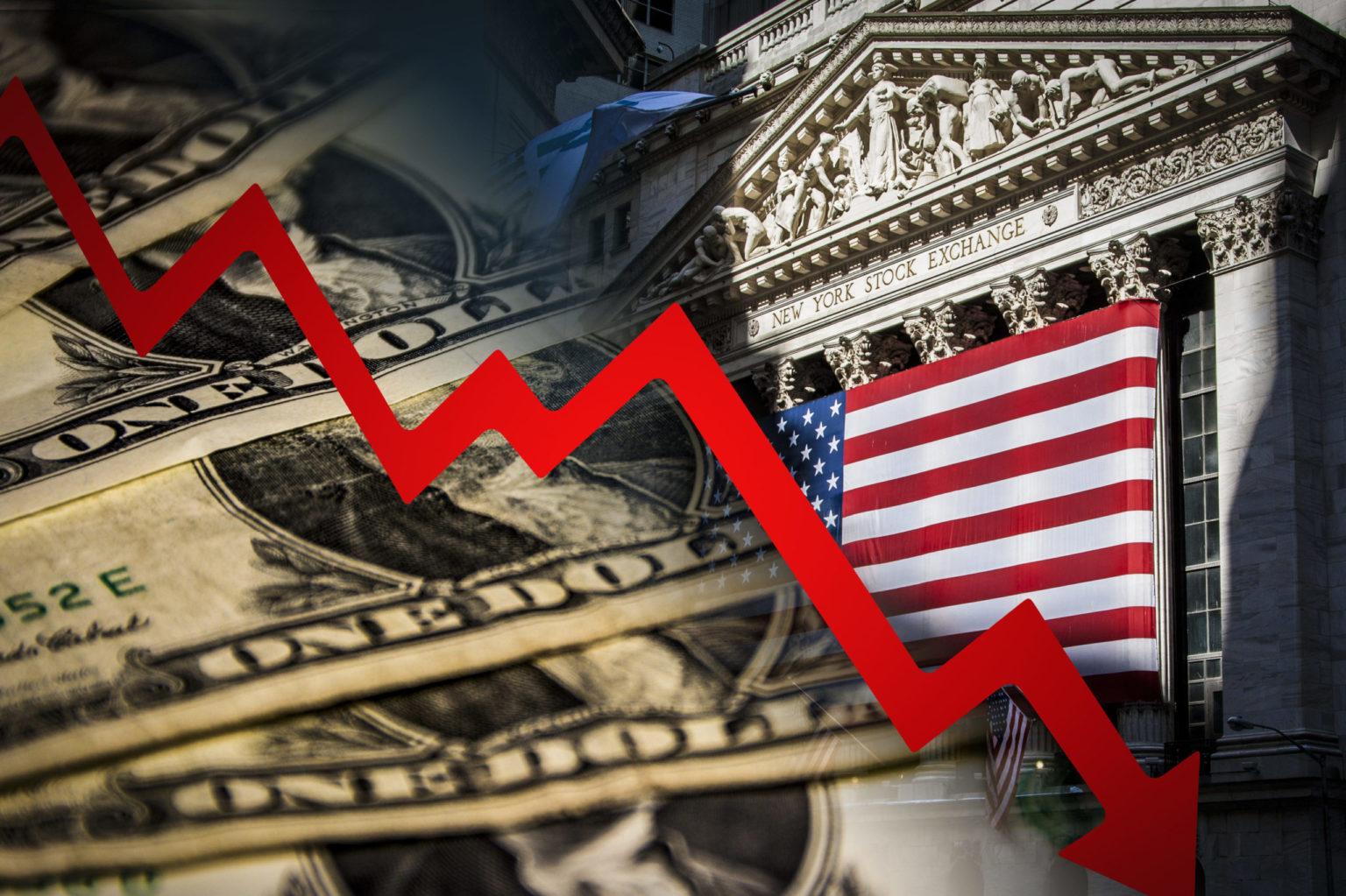This website is strictly for educational purposes and is not intended to provide specific legal, financial, or tax advice. Phil Cannella and Joann Small are licensed professionals in the insurance industry. Crash Proof Retirement, LLC. does not recommend or sell securities to anyone at any time. Any interviews conducted by Retirement Media, Inc ®. published on this website are not to be considered endorsements. Crash Proof Retirement, Crash Proof Retirement Show, and Retirement Media, Inc. ®, and all related uses, are federally trademarked with the United States Patent and Trademark Office. Any company or individual found violating these federal trademarks will be vigorously pursued through all available legal avenues and penalized to the fullest extent of the law. © 2024 Crash Proof Retirement, All Rights Reserved.

Recession on the Horizon?
- August 23, 2019
- Phil Cannella
- Blog
- 0 Comments
While we are currently still in the middle of the longest bull market run in history, many top economists and investors alike believe it could be coming to an end within the next year or two. As 2019 has dragged on, several key economic indicators have cropped up that make it look like a recession could be coming sooner rather than later. So what are these indicators and what do they mean for the future?
What is a Recession?
The Webster’s definition of a recession is pretty straightforward: two consecutive quarters of declining Gross Domestic Product (GDP). The last time we saw numbers like that was in 2008, when millions of people across the country lost huge chunks of their retirement savings. At the time, economists and investors knew exactly what was happening, although it wasn’t officially declared a recession until almost a year after it started. In the past several years, we’ve been hovering between 1% and 3% growth, which means we’re not in a recession, but that is poised to change without warning thanks to the appearance of some historical recession indicators.
Inverted Yield Curve
We wrote about the inverted yield curve back in April when it first appeared. The yield curve measures the relationship between yields on long and short-term fixed-income securities. When the yields on short-term investments are higher than those of long-term investments, it usually means investors aren’t confident in the long-term strength of the economy, and it’s a bad sign for the future. While the effects of an inverted yield curve are not always immediate, the onset of a recession usually comes somewhere between 10 and 36 months after it first appears. With just 4 months having passed since the appearance of the inverted yield curve in April, a recession could be coming as soon as early 2020.
Rising Initial Jobless Claims
Every week, the US Department of Labor (DOL) publishes a report tracking the number of people who have filed for unemployment benefits that week. When these numbers rise, it usually means that employers are eliminating staff in anticipation of economic difficulties in the future. In their most recent report (published August 15th, 2019), seasonally adjusted jobless claims were up 9,000 from the previous week. In addition, the 4-week moving average of DOL data indicated an increase of 1,000 jobless claims during the past month. While these numbers aren’t particularly alarming at this point, they have been on a steady upward trend since April.
With these two indicators seeming to point to a recession in the near future, economists will be looking closely at the data from other sources, including consumer confidence surveys and new manufacturing orders. We’re still in the early stages of a process that’s always unpredictable, but one thing is certain: remaining heavily invested in the stock market is a risky proposition at this time. Nobody can predict the future with 100% certainty but stock market investors, especially those in or near retirement age, would be wise to start taking their money out of risky securities-based investments and moving it into safer financial vehicles that can protect their principal in the event of a stock market crash.


Leave a Reply
You must be logged in to post a comment.